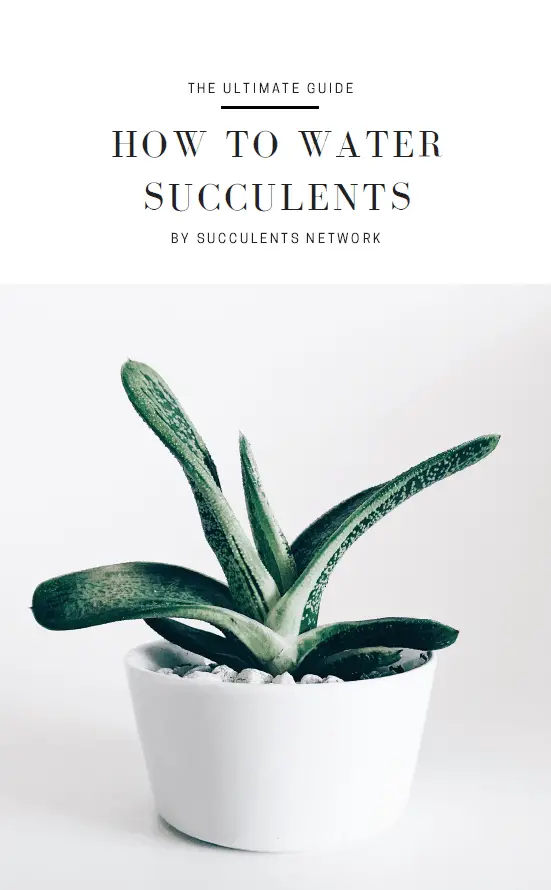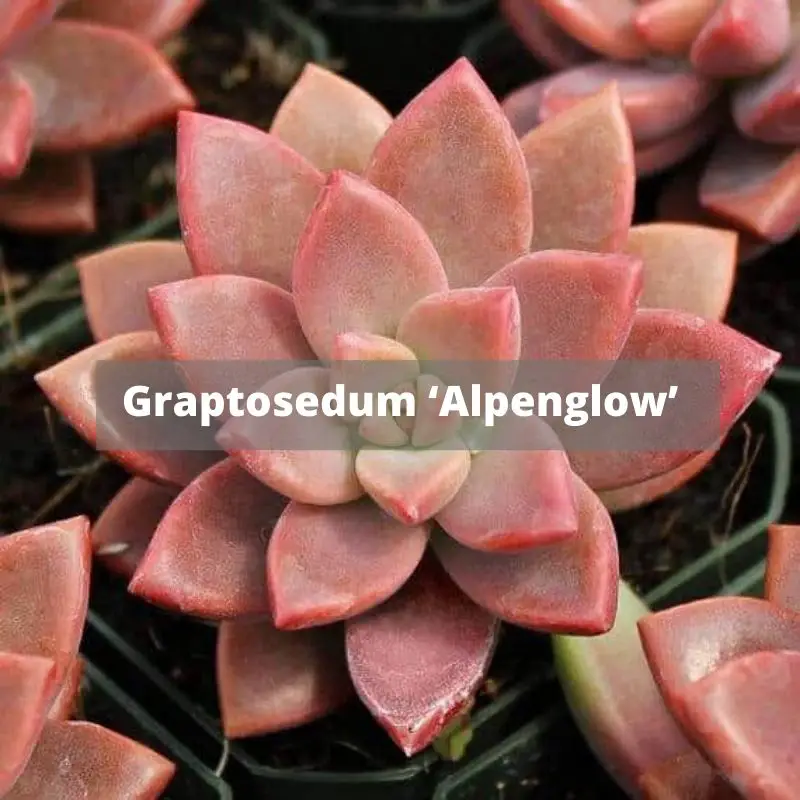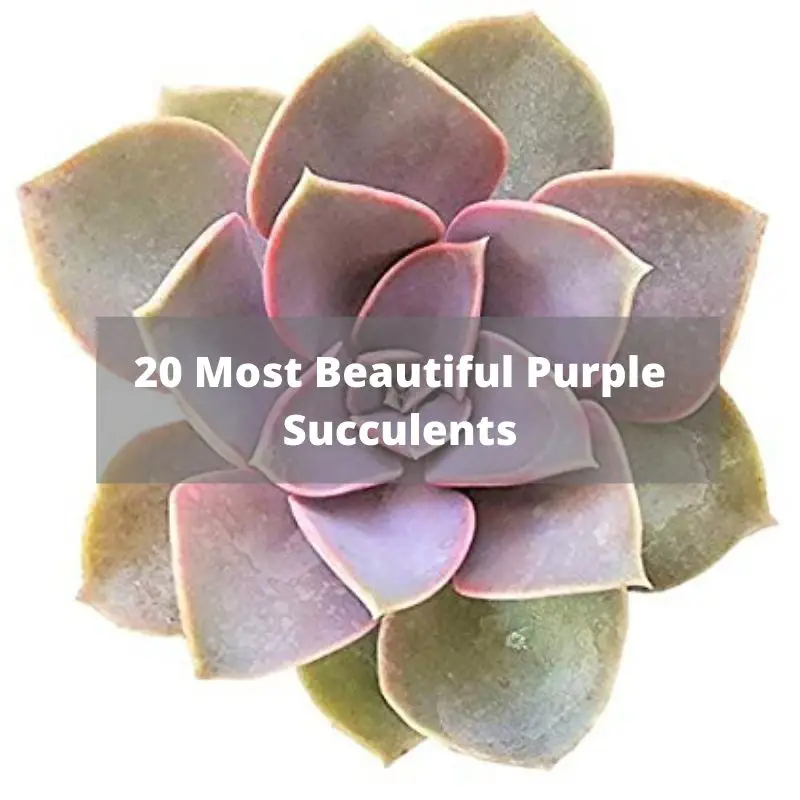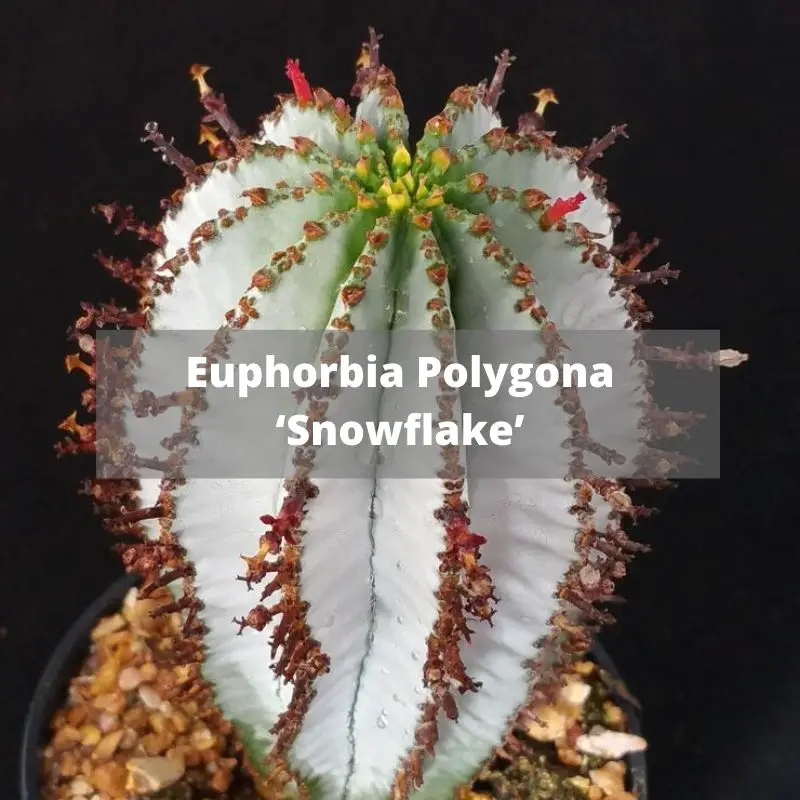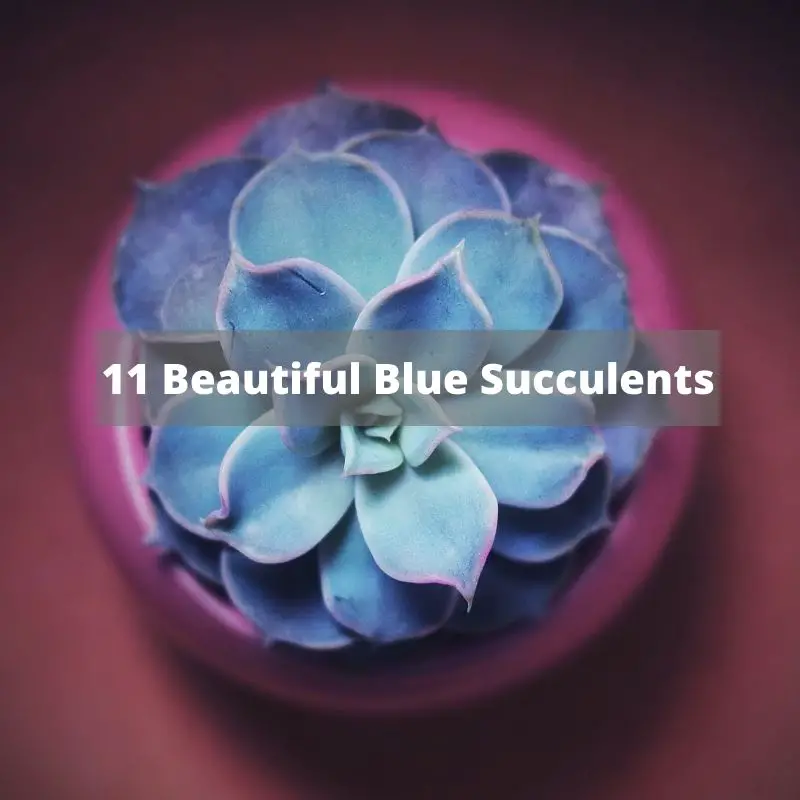One of the most common questions I get is when people ask me the difference between succulents and cacti. Many people assume that both the plants are similar but separated groups of plants. However, I will explain to you that the situation is much more complicated than that. Succulents are a large group of plants that have their unique skills to adapt to the environment. These are plants with leaves, stems, and roots that allow the plant to store water in their way.
Succulent plants have over 60 different family plants. It allows succulents to be in a large, diverse group of plants that are in their way all connected.
While the Cacti plants are plants with their own defined family origin, they are still all succulents. So to answer your questions, all cacti are succulents while not all succulents are cacti.
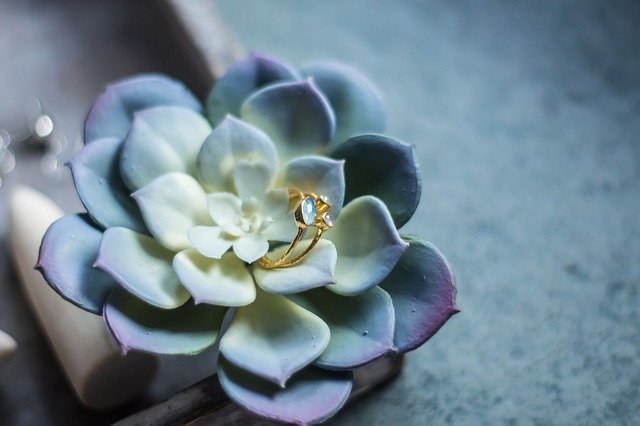
Picture via Pixabay
While many people assume that cacti are easy to spot because they ‘all have spines.’ Although I should tell you that even though some cacti have spines, there are many cacti without thorns. So often, when people look at a cacti plant that they believe to be something else, then it is because these plants are missing needles, don’t worry; after reading this guide, you will understand the difference.
Let me teach you my way of understanding what succulents are cacti and what succulents are.
So what is this secret way of understanding the difference between succulents and cacti? It is all depending on the areoles.
How to tell the difference between succulents and cacti?
How to tell the difference between succulents and cacti? The Areoles are the small but round dark-colored bumps that are on the surface on each cactus. It is the place where the hair and or flowers grow from the plant. So if you see a succulent that has areoles, then that plant is a cactus; if it does not, then it is not a cactus.
Most cacti don’t have branches or leaves. This form that the cacti have come from the evolution to help the plant prevent water loss in more robust areas where cacti live. When you think about areoles, then imagine that it is equivalent to the spines and leaves of succulents. Although, like with everything, there are exceptions to every rule. In this case, the expectation is the Saguaro cactus; it is one of the few cactuses that grow branches from their areoles. So now, let us explore succulents in more detail.
Are your succulents dying? Do you need urgent help to keep them alive? Don’t worry! This ebook will solve the problems. I shared all my secrets related to how to water succulents with you.
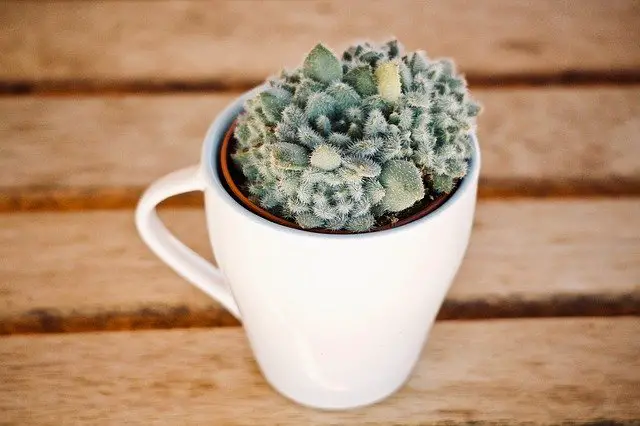
Picture via Pixabay
What Is A Succulent Plant?
Let us talk about succulents, a group of plants that make up for over 40 different plant families that are known to be families to the succulents. Succulent plant families contain succulent species such as the aloe plants, cacti, crassulas, echeveerias, euphorbias, kalanchoes, mesembs, sedums, and even the sempervivums.
At this stage, you might be wondering where the word ‘succulent’ comes from Latin, and means ‘full of juice.’ Take a look at the aloe vera plant; it is best known for its thick leaves and sappy substance that comes from within, although the presence of a gel-like material within the plant does not mean that the plant is succulent. There is in no way a clear explanation that can, in great detail, explain what a succulent plant is. Often, there are many controversies as to if the plants should overall belong to the succulent group.
Often plant experts have tried to clarify the issue of identifying species; if they have fleshy leaves or stems that store water. Water that then would be used later during the dry period, it is a survival mechanism, although this definition leaves out the distinct factors such as corms, rhizomes, roots, and even roots. All of these features are part of the foot storage that the plant uses to survive the excessive heat, cold, and lack of light. These features are there to help the plant survive extreme changes so that it can handle dry periods.
Understanding why a plant needs to store water is equally as important. When looking at the word ‘succulent,’ it all refers to xerophytic succulents, meaning drought repellent plants. Although the plants are different from the halophytic succulents that store water so that they can handle living around seashores, marshes, or swamps. Like you can already see, plants store water for different survival purposes. If you want to learn more about how you can care for your succulents, then have a look at my article here.
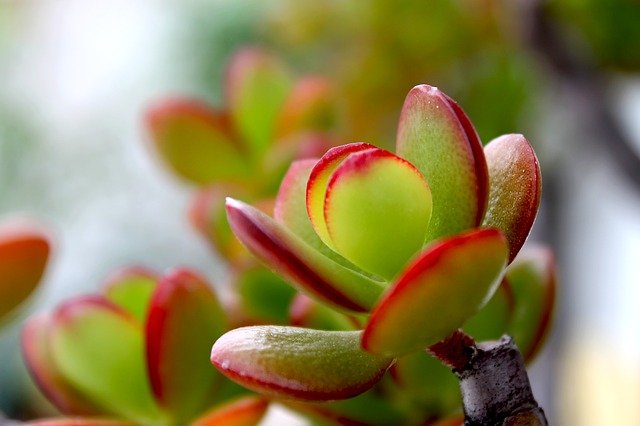
Picture via Pixabay
Other Water-Saving Characteristics Of Succulents
While succulents often have these fleshy stems and leaves, for most, that might be the easiest way to see if they have a succulent or not. But these plants have so many other identifying factors to help you understand if you have a succulent or not. These are the water-saving characteristics that some succulents have.
- Large combinations of thick, glutinous paste.
- Some surface features that help preserve the plant from intense water loss. That includes waxy coating and hairs or spines that help the plant break up airflow around the plant that, in return, provide some shade.
- Grooves that help the plant to swell up to filled with water, and then shrink when there is not enough water. All of this happens in response to the sunlight the plant reserves.
- Dense, columnar, or round growth models that maximize the relationship of internal mass as compared to the exposed surface area to minimize water loss.
- Green stems that help the plant transfer photosynthesis.
- The shallow root system is there to take up all small amounts of moisture so that the plant can use all the water around it.
- Crassulacean acid metabolism (CAM), which helps the plant reduce water loss so that the plant only opens up its pores in during the night so that it can take in the carbon dioxide needed for photosynthesis.
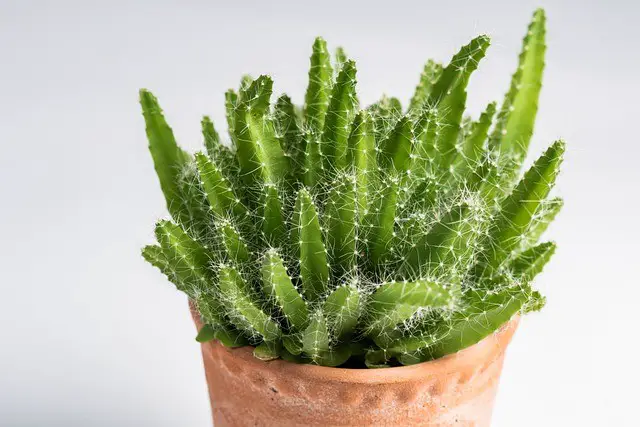
Picture via Pixabay
What Is A Cactus?
At this point, you might be wondering what a cactus is. A cactus is a plant that flowers and belongs to the botanical family of Cactaceae. It is such a large family that it contains more than 1700 species known to humankind. Most of these species are succulents. Cactuses are a family of plants that can be found all over the world in places such as America, Africa, Asia, and even Europe.
These cactus plants are known to prefer a desert environment where the plant thrives in harsh conditions. Some cacti look far away from the typical cacti; these are the Christmas cacti type such as (schlumbergera, a Christmas type cactus). If you are lucky enough to own one of these cacti, then take good care of it, it is a unique plant.
Most cacti share the typical characteristics of other succulents, although the plants don’t have many that are unique to the cacti. An excellent example of this is that most cacti are stem succulents with leafless but waxy gree-colored stems. These stems store water while at the same time utilizing the photosynthesis method to survive. Some of the stems might look like leaves, although that is mostly with the Christmas cacti or the Prickly pears. Plants that have multiple stems that look like pads in a way or flattened segments, basically a strange-looking plant.
There are water-saving features that many cacti have to aid in the survival process. These features include the shallow root system that aids in water absorption, the ripped grooved stems, and of course, all cacti have CAM photosynthesis.
Like I have talked about earlier in this post, one of the main features of cacti is the areoles. The Areoles help the cactus to be more efficient while protecting the cacti with its spine. It is not uncommon to see multiple spikes sticking out of a cactus plant, but that is a defensive mechanism for the plant.
If you want an alternative way to identify what could be a true cactus, then look for a beautiful prominent flower feature. It produces fruit, and if it is a blooming succulent, then you don’t have a true cactus. Be sure to look for these features if you want to know if it is a cactus or not.
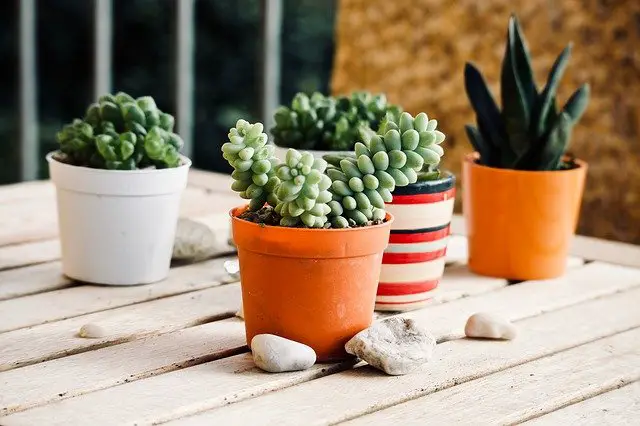
Picture via Pixabay
Cactus Lookalikes
Euphorbia Horrida – A Succulent, not a cacti
It should be said that even though the plants have some spiky thorns and bumps, it can ve tricky to guess what type it is. The Euphorbia Horrida a plant that is unique in its way. Having evolved to handle the African climate, warm, and without much water, there is no wonder that the plant might trick many.
If you need help to identify your succulent plants to understand what plant you have at home. If it is a succulent or cacti be sure to look at our Succulent Type guide where we help you identify the plants listed.
Cactus Care
Know that we have learned that cacti are succulents then you can follow our guidelines that help you care for the plant. It should be said that the cacti need at least six to seven hours of sunlight per day. If you give the plant less sun than recommended, it will not lead to healthy plant life. If you want a more in-depth detailed guide for each cactus, then have a look at our Succulent Types category where we talk about each plant. Cactuses are accustomed to a lot of warmer temperatures with considerably lower humidity. I would recommend that you adjust your home to the lighting conditions needed to keep the plant as healthy as possible. Make sure that when you are watering cacti, then you need to make sure that the plant is dehydrated at the bottom when watering. Under no circumstances should you over water the succulents. During the winter months, you should try to water the plant a lot less because these plants might be dormant.
It should be mentioned that the Jungle Cacti requires different attention. The plant requires indirect sunlight and a lot more humidity than most other succulents. So if you own one of those plants, pay attention to your succulent.

